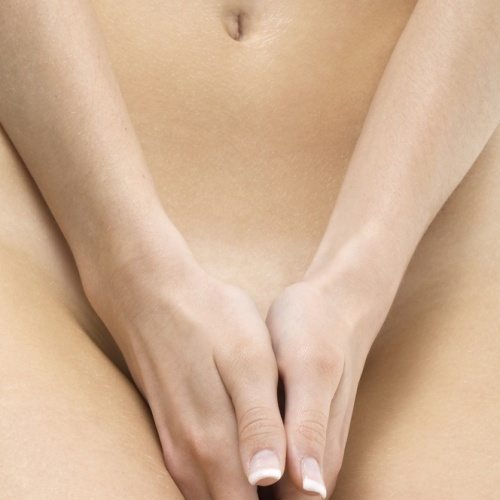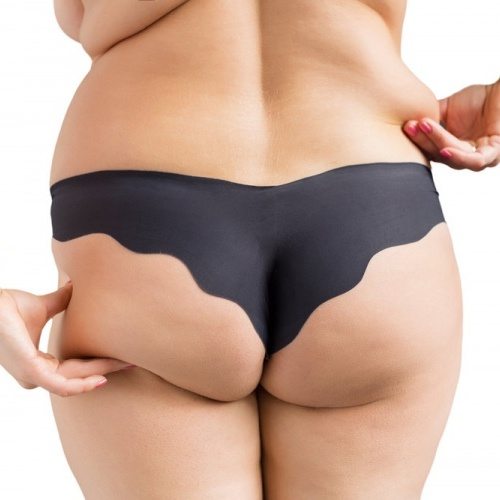
Intimate Surgery
19 April, 2017
Post Pregnancy Surgery
19 April, 2017
Brazilian Butt (Fat Grafting)
If you're considering a buttock reshaping...
After the age of 30, the buttocks gradually starts to lose volume, a process which later accelerates and can result in an aged appearance. Fat grafting uses autologous fat (one's own fat cells, also known as adipocytes) to reverse this effect and restore fullness to the buttocks.
The procedure involves harvesting fat from the lower abdomen, hip or inner thigh, processing it, and transplanting into areas of low buttock projection. The procedure is most often used for cosmetic re-contouring of the face and buttock, but it may be used all over the body to smooth traumatic scars or depressions due to accidents or ablative surgery.
Introduction
Dr. Freschi performs gluteal contouring by removing fat from areas of excess and injecting into areas that will benefit aesthetically. Assuming the patient has adequate fat for harvest,fat grafting yields more precise augmentation, quicker recovery, and tremendous patient satisfaction compared with gluteal implants.

Aesthetic and structural advantages
By restoring volume to specific areas of the buttocks, fat grafting not only expands the skin and provides a lift, but also re-establishes the structural support of adjacent tissues. For example, a balanced re-volumisation of the fat compartments of the guteal region will stabilise the buttock projection.
Physiological benefits and long term results
The fat grafting procedure also has a number of physiological benefits. For example, there is no risk of rejection or allergic reaction as the fat is taken from the patient's own body. There is also evidence that grafted fat contributes to the healing process and improves the condition of the overlying skin, properties which are attributed to the fat's high stem cell content and its ability to form new blood vessels. Additionally, the effects of fat grafting can last for many years (although the procedure can be repeated if required).
What does the operation involve?
The fat excess will be removed with very gentle, low-vacuum liposuction using a special cannula (thin tube) to protect the living fat cells. The fat particles are purified, then inserted into the layers of the buttocks thru a single 1/8" incision, putting tiny droplets throughout the tissues so each fat cell will have a good blood supply.
Limitations
You must have enough extra fat available in other areas of the body to be removed and used in the grafting process.
Who is a candidate for fat grafting?
Fat grafting is a procedure, which can benefit most people with good general overall physical health.
Recovery
Moderate to significant swelling may be experienced for 2-3 weeks following the procedure until the grafted fat cells integrate with the surrounding tissue. It is not possible to predict how many of these cells will survive, the extent being determined by genetic factors as well as the inherent characteristics of the tissue into which it is transplanted. Usually, a 60-70% survival rate is expected.


